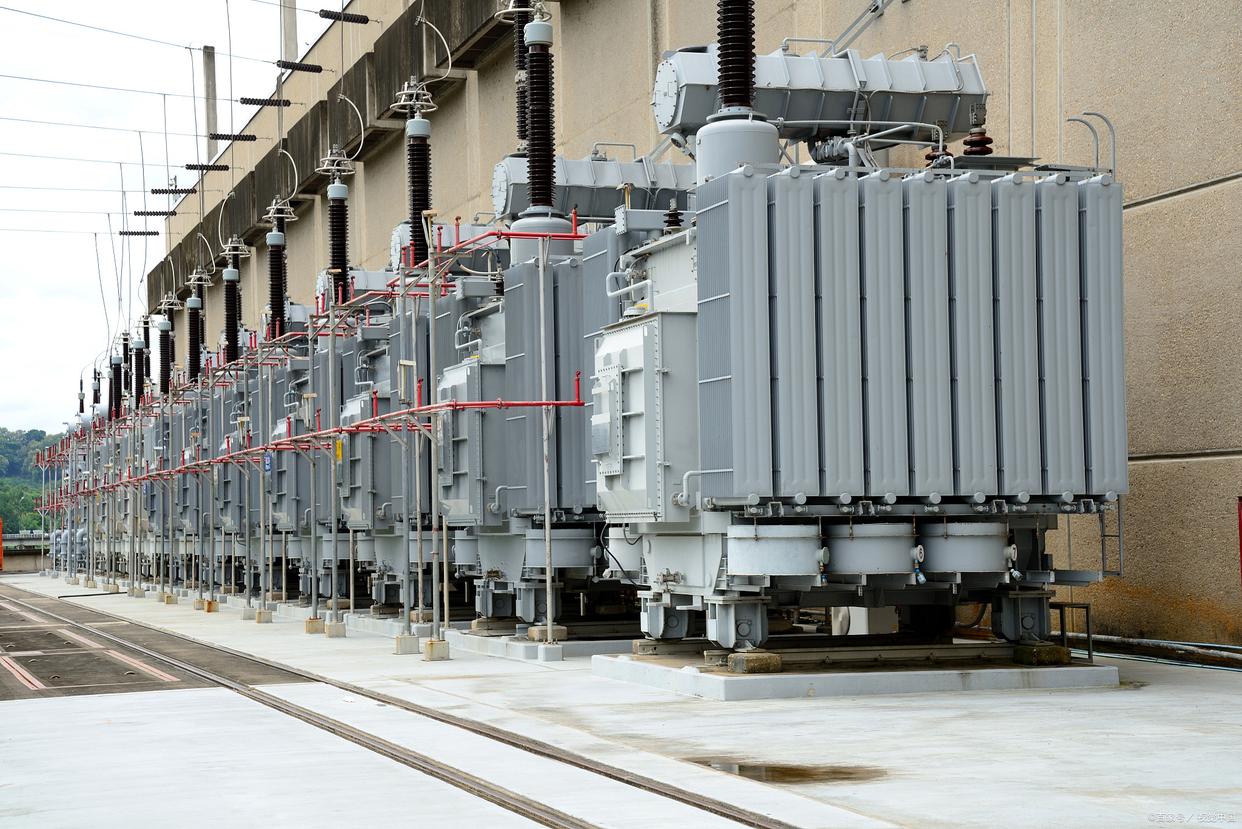
The normal range of power loss in factories is not a fixed value, but is affected by multiple factors such as factory type, production scale, equipment aging, and management level. It is commonly measured by line loss rate (i.e., the proportion of lost electricity to total electricity usage), and generally fluctuates between 3% and 15%. Below is a detailed analysis:
I. Normal line loss rate ranges for different types of factories:
Small light industry factories (such as food processing, textile, electronic assembly, etc.):With small equipment power and simple line layouts, the line loss rate is generally low, with a normal range of 3% - 8%. These factories mostly use low-voltage equipment, have short lines with stable loads, and the loss mainly comes from transformer no-load and line resistance.
Medium manufacturing factories (such as machine processing, automotive parts, plastic processing, etc.):With medium equipment power and some high-voltage motors and complex production lines, the line loss rate is generally 5% - 12%. The loss may come from high-voltage line transmission, the switching loss of multiple transformers, and the inefficient operation of some old equipment.
Large heavy industry factories (such as steel, chemicals, metallurgy, building materials, etc.):With dense high-energy-consuming equipment (such as arc furnaces, large compressors), long lines, and large load fluctuations, the line loss rate is usually 8% - 15%. In addition to line and transformer losses, there may also be additional losses due to high reactive power, harmonic pollution, etc.
II. Key factors affecting line loss rate
Condition of lines and equipment
Old cables and transformers with low efficiency (such as S7 and older models) will increase losses; the use of copper-core cables and energy-saving transformers (such as S13 models) can reduce losses.
Example: A 1000-meter-long aluminum-core cable has about 30% higher loss than a copper-core cable of the same specification.
Characteristics of electricity load
A low load rate (such as equipment running empty or at a light load) will cause the efficiency of transformers and motors to drop, leading to increased losses. When the load is stable and close to the rated power, the losses are at a minimum.
Example: A factory motor running at 30% of its rated load for a long time has a loss that is 20% - 40% higher than when operating at full load.
Level of management and operation maintenance
Whether there are regular inspections (such as checking for line leakage, meter measurement errors), whether reactive power compensation is carried out (to reduce reactive losses), and whether employees have energy-saving awareness (such as turning off lights when not in use, avoiding equipment running empty), all these will affect the line loss rate.
III. How to determine if the loss is normal?
Comparison with industry benchmark
Reference the line loss rate of factories of the same type and scale (data can be obtained through industry associations or power departments). If it is significantly higher than similar factories, there may be abnormalities.
For example: If a medium machinery factory has a line loss rate of 18% while the average for similar factories is 10%, it is necessary to investigate whether there is line leakage or measurement failure.
Tracking historical data
If the line loss rate suddenly increases (such as a monthly ring ratio increase of more than 3%), it may be due to equipment failure (such as transformer oil leakage), line aging, or electricity theft. Timely maintenance is required.
IV. Common measures to reduce line loss rate
Equipment upgrade: Replace energy-saving motors and transformers, and adopt variable frequency speed control technology (to reduce light load losses).
Line optimization: Shorten the power supply radius, replace old cables, and reasonably locate the distribution room.
Reactive power compensation: Install capacitance compensation devices to improve power factor (increasing from 0.8 to 0.95 can reduce line loss by about 10%).
Fine management: Regularly calibrate electricity meters, investigate electricity leakage, and monitor load fluctuations in real time through a smart monitoring system.
Summary
The normal range of electrical loss in factories needs to be judged based on its industry and actual situation. If it is lower than 3%, there may be measurement errors (such as under-reporting of electricity consumption); if it is higher than 15%, it is necessary to focus on troubleshooting equipment, lines, or management issues. Through technological transformation and management optimization, most factories can control the line loss rate within a reasonable range, reducing electricity cost and meeting energy-saving requirements.